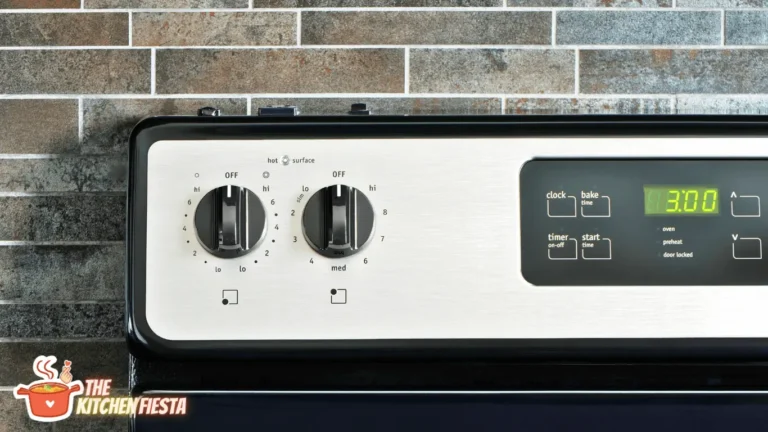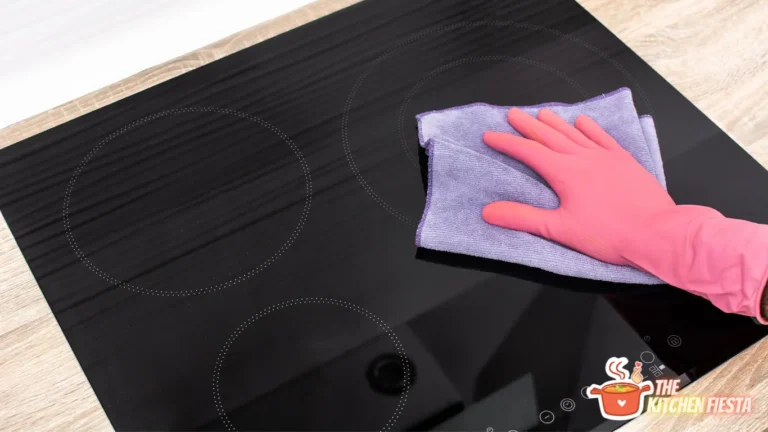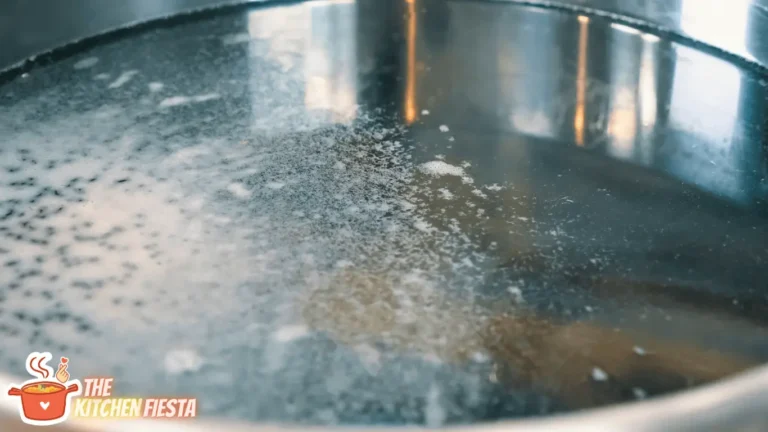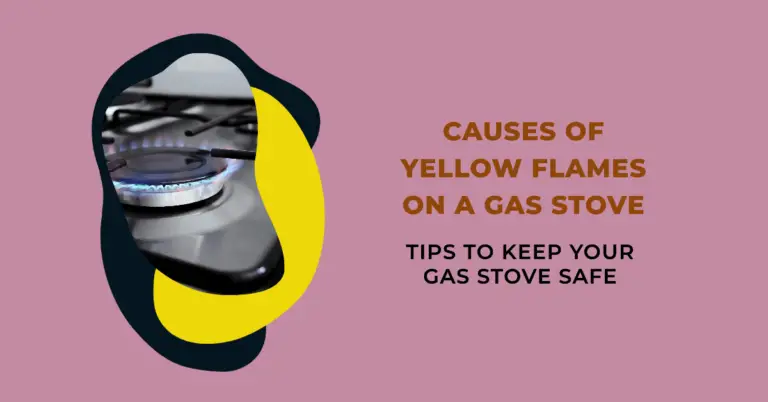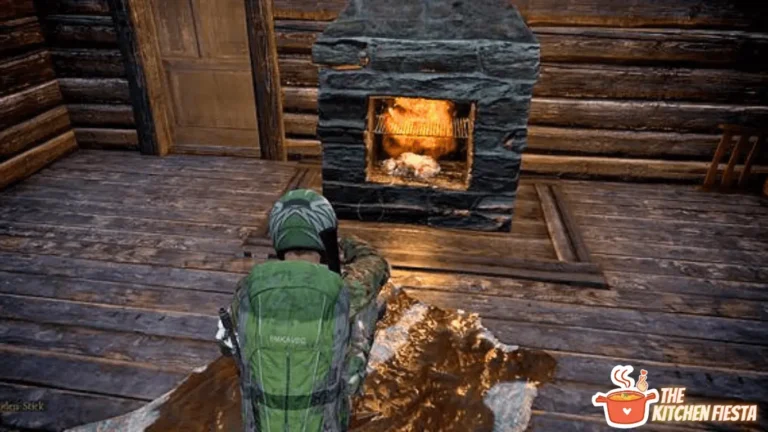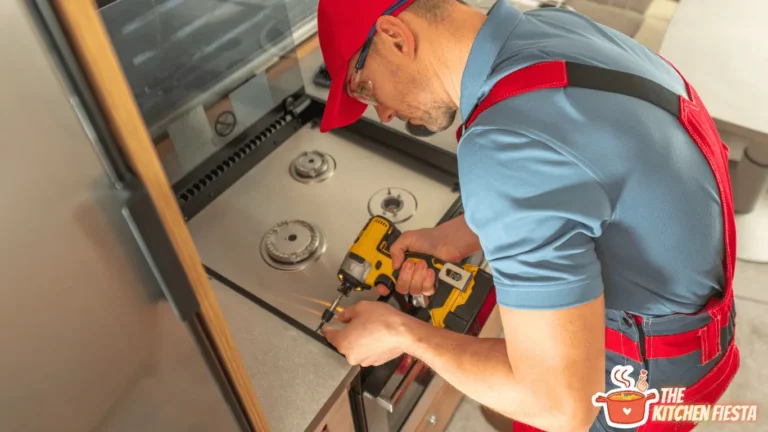Is the Wolf Stove Igniter Not Working? Troubleshoot and Fix It.
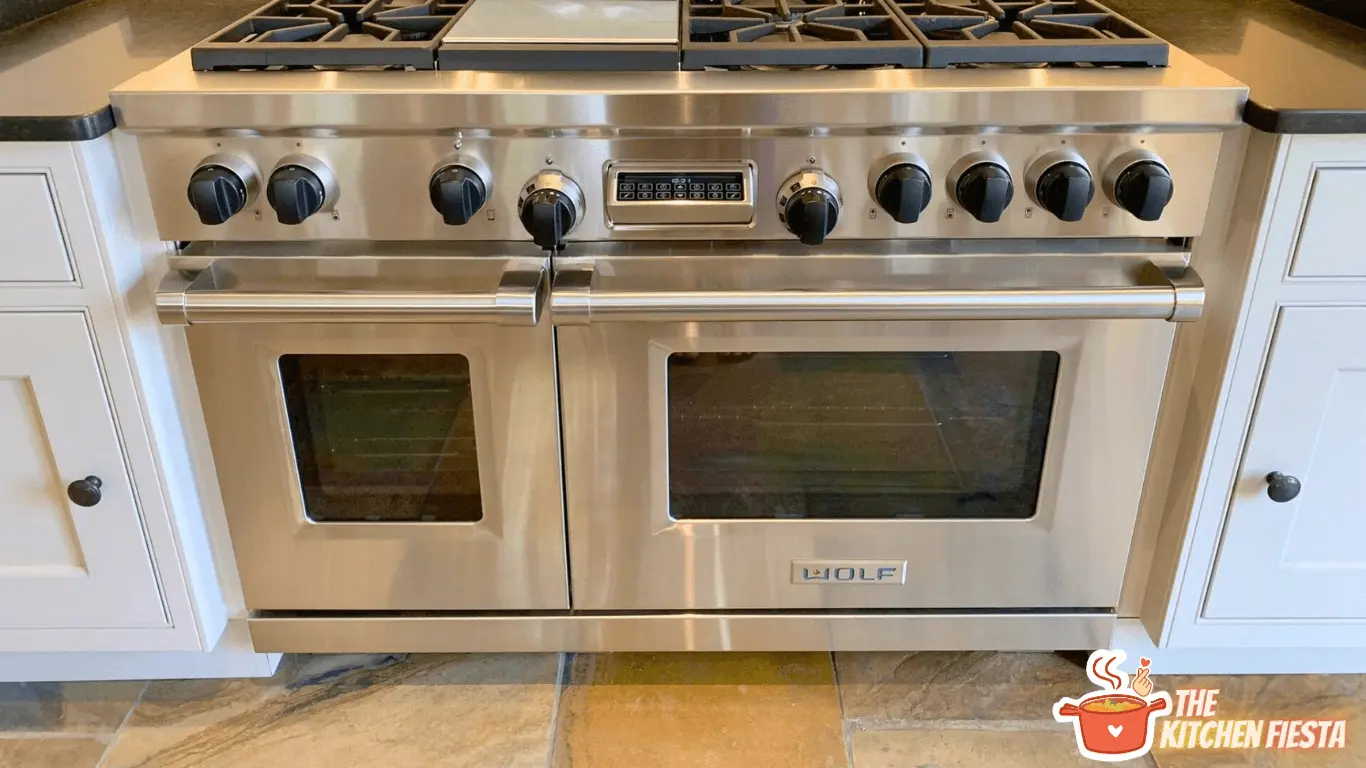
You’re not alone if you’re having trouble with your Wolf stove igniter. This is a common issue that many Wolf stove owners face. The igniter is essential to your stove, lighting the gas and starting the burner. When it stops working, you won’t be able to cook anything until it’s fixed.
Understanding how your Wolf stove igniter works is the first step in troubleshooting the issue. The igniter is a small device that creates a spark to light the gas. It’s connected to a spark module, which sends an electrical charge to the igniter. When the gas valve opens, the igniter sparks and the gas is lit. If any part of this process fails, the igniter won’t work.
Key Takeaways
- Understanding how your Wolf stove igniter works is the first step in troubleshooting the issue.
- Common issues with Wolf stove igniters include dirty or damaged igniters, faulty spark modules, and gas supply issues.
- Suppose you cannot fix the problem with basic troubleshooting steps. In that case, it may be time to call a professional for assistance.
Understanding Wolf Stove Igniters
The igniter is an essential component for Wolf stoves that allows the burner to light up. With a functioning igniter, your stove will work properly. This section will discuss the different types of Wolf stove igniters and how they work.
Two main types of Wolf stove igniters are spark and glow igniters. Spark igniters create a spark that ignites the gas as it flows through the burner. Glow igniters, on the other hand, use a heated element to ignite the gas.
Spark igniters are typically found on older Wolf stoves, while newer models use glow igniters. Glow igniters are more reliable and require less maintenance than spark igniters. However, suppose your Wolf stove uses a spark igniter. In that case, keeping it clean and debris-free is important to ensure proper functioning.
If your stove is not igniting, the first thing to check is the power source. Ensure your stove is properly plugged in, and the circuit breaker has not been tripped. If the power source is not the issue, the next thing to check is the igniter itself.
If you have a spark igniter, check to ensure the spark gap is clean and debris-free. You can use a soft-bristled brush to clean the gap. If you have a glow igniter, check to ensure it is glowing red when the burner is turned on. If it is not, the igniter may need to be replaced.
Common Issues with Wolf Stove Igniters
You are not alone if you are having trouble with your Wolf stove igniter. Here are some common issues that may be causing your igniter not to work correctly.
1. Igniter Not Sparking
One of the most common issues with Wolf stove igniters is that they may not spark when you turn on the burner. Some different things, including a faulty spark module, a damaged igniter electrode, or a loose connection between the spark module and the igniter electrode, can cause this.
To troubleshoot this issue, check the spark module and igniter electrode for any signs of damage or wear. If you notice any damage, you must replace the faulty component. If everything looks intact, try tightening the connection between the spark module and the igniter electrode to ensure a secure connection.
2. Igniter Continuously Clicking
Another common issue with Wolf stove igniters is that they may continuously click after the burner has been lit. This can be caused by a buildup of food debris or grease on the igniter electrode, a faulty spark module, or a damaged igniter electrode.
Clean the igniter electrode with a soft-bristled brush to troubleshoot this issue to remove any food debris or grease buildup. If this does not solve the problem, you may need to replace the spark module or igniter electrode.
3. Igniter Not Glowing
If your Wolf stove igniter is not glowing, it may be due to a faulty igniter electrode or a damaged spark module. Sometimes, the igniter electrode may be dirty or covered in food debris, preventing it from glowing properly.
To troubleshoot this issue, clean the igniter electrode with a soft-bristled brush. If this does not solve the problem, you may need to replace the igniter electrode or spark module.
Remember, if you are not comfortable troubleshooting your Wolf stove igniter on your own, it is important to contact a professional for assistance. Trying to fix the problem yourself could result in further damage to your stove or even injury.
Troubleshooting Steps
If you are having trouble with your Wolf stove igniter not working, there are a few troubleshooting steps you can take to try and fix the issue. Here are some steps to follow:
1. Check Power Supply
First, check that your stove is receiving power. Ensure the stove is plugged in and the circuit breaker is on. If the stove is not receiving power, it will not be able to ignite.
2. Inspect Igniter
If the power supply is not the issue, inspect the igniter. Look for any visible signs of damage or wear. If the igniter appears damaged, it may need to be replaced.
3. Clean Igniter
If the igniter looks okay, it may just be dirty. Use a soft cloth and mild detergent to clean the igniter. Remove any debris or buildup that may prevent the igniter from working correctly.
4. Check Gas Supply
Finally, check the gas supply to your stove. Ensure the gas valve is open, and there are no obstructions in the gas line. If the gas supply is insufficient, the stove may be unable to ignite.
When to Call a Professional
If you have tried troubleshooting your Wolf stove igniter and it still won’t work, it may be time to call in a professional. Here are some situations where it is best to leave it to the experts:
1. Gas Leaks
If you suspect a gas leak, do not attempt to fix the problem yourself. Gas leaks can be hazardous and should be handled by a professional. Signs of a gas leak include the smell of gas, a hissing sound near the stove, and a yellow or orange flame instead of a blue one.
2. Electrical Issues
Suppose you have checked your electrical supply, and your Wolf stove still won’t ignite. In that case, there may be an electrical issue that requires the expertise of an electrician. Trying to fix the electrical problems yourself can be dangerous and may cause further damage to your stove.
3. Complex Repairs
Suppose you have attempted to troubleshoot your Wolf stove igniter and still cannot identify the problem. In that case, it may be a more complex issue that requires professional attention. Attempting to fix complex repairs yourself can further damage your stove and may even void your warranty.
In these situations, it is best to call a professional to ensure your Wolf stove is repaired safely and correctly. A professional can diagnose the problem and provide a solution to get your stove back up and running quickly.
Preventive Measures for Future Issues
We recommend taking some preventive measures to avoid future issues with your Wolf stove igniter. Here are some tips to help you keep your stove in good condition:
- Clean your stove regularly: Regular cleaning of your stove is essential to keep it in good condition. Use a soft cloth and mild detergent or degreaser to clean the stove’s surface, but avoid spraying cleaner directly onto the burner. Disassemble and wipe down the various components of the burner. Rinse each with clear water and towel dry. Blow through the holes to remove excess detergent or degreaser.
- Check for moisture: Moisture can accumulate around the burner and cause ignition problems. Make sure to check for any water before using the stove. If you find any moisture, dry it thoroughly before using the stove.
Keep your stove dry:
- Keep your stove dry at all times.
- Avoid spilling liquids on the stove, and wipe up any spills immediately.
- If you have a spill that can’t be cleaned immediately, turn off the stove and wait for it to cool down before cleaning.
- Check the power source: If you are experiencing ignition problems with your stove, check the power source. Make sure the power cord is properly connected to the outlet and that the outlet is functioning correctly. If you have a fuse that has tripped the circuit breaker, reset the breaker and try again.
- Schedule regular maintenance: Maintaining your stove is essential to keep it in good condition. Schedule regular maintenance with a qualified technician to ensure your stove functions correctly.
Frequently Asked Questions
How Do I Replace A Wolf Range Igniter?
To replace a Wolf range igniter, first, turn off the gas supply and unplug the stove. Remove the grates and burner caps, then remove the screws holding the burner bases. Disconnect the wires from the igniter and remove the screws holding it in place. Install the new igniter in reverse order, reconnecting the cables and securing the screws.
Why Is My Wolf Stove Clicking But Not Lighting?
If your Wolf stove is clicking but not lighting, it’s possible that the burner ports are clogged, or the igniter is dirty. Try cleaning the burner ports and igniter with a soft brush. If this doesn’t work, you may need to replace the igniter.
How Do I Clean A Wolf Stove Igniter?
To clean a Wolf stove igniter, turn off the gas supply and unplug the stove. Remove the burner caps and grates, then use a soft brush to clean the igniter and burner ports. Be careful not to damage the igniter or the wires.
What Should I Do If My Wolf Oven Is Not Igniting?
If your Wolf oven is not igniting, ensure the gas supply is turned on, and the stove is properly plugged in. Check the circuit breaker to ensure it hasn’t tripped. Clean the igniter and burner ports with a soft brush if everything appears in order. If these steps don’t work, you may need to replace the igniter or the spark module.

